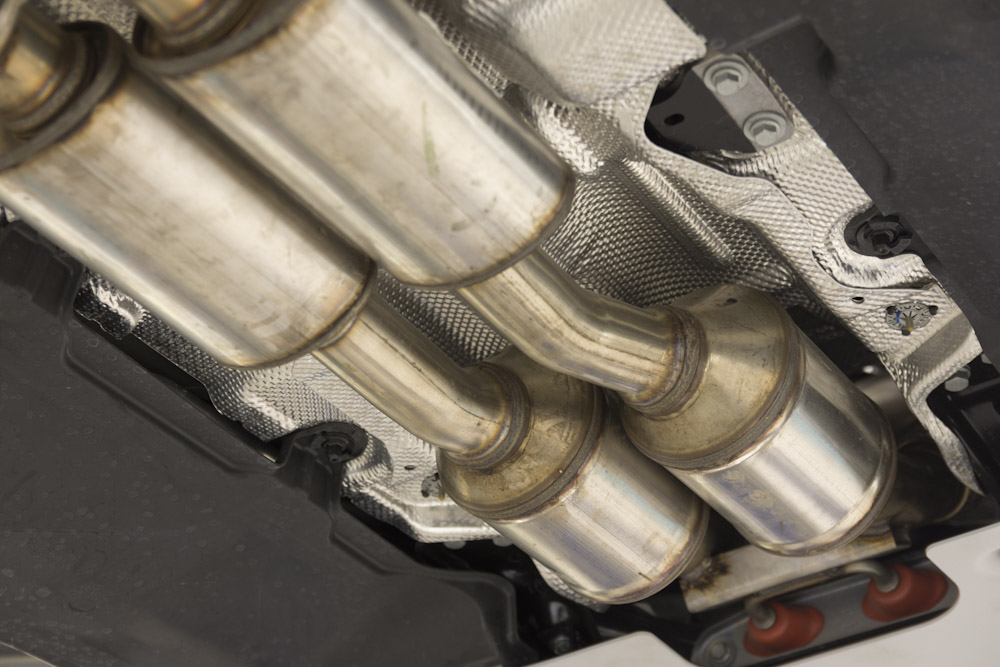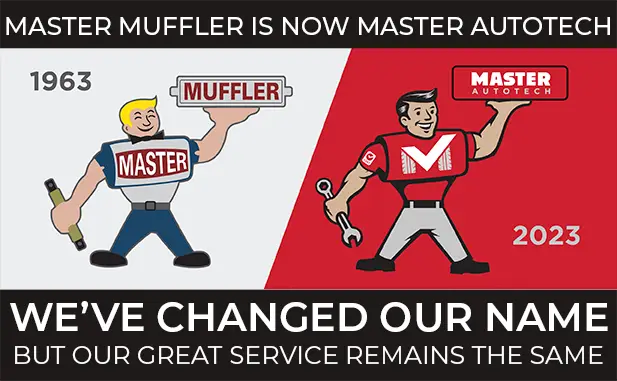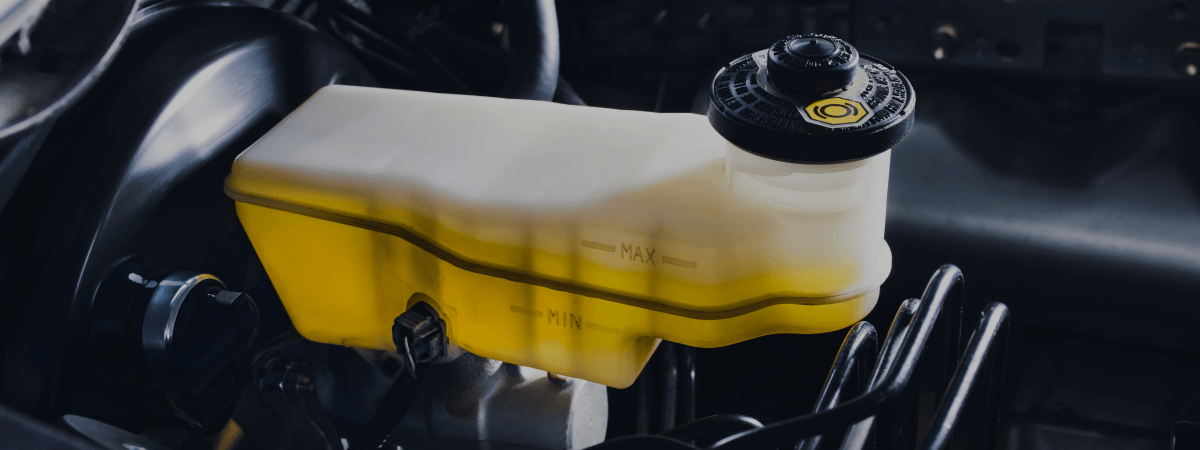
Thanks to the Clean Air Act, vehicles today have a number of features that improve performance and reduce toxic emissions.
One of the most vital parts of a vehicle’s exhaust system is the catalytic converter. For Kearns car repair related to all things exhaust, you can trust the experts at Master Muffler.
What is a Catalytic Converter?
A catalytic converter and a muffler may resemble one another, but they perform different functions within your exhaust system. The converter houses a honeycomb-shaped structure made of ceramic; this piece, as well as precious metals in the converter, facilitate a chemical reaction in the emissions produced by your vehicle. Known as catalysts, these elements work to reduce harmful pollutants emitted by a vehicle.
Parts of a Catalytic Converter
- Substrate – A core comprised of metallic foil or a ceramic honeycomb.
- Washcoat – Aluminum oxide, titanium dioxide, silicon dioxide, silica, alumina
- Catalyst – Platinum, palladium, rhodium
Who Invented the Catalytic Converter?
One of the first catalytic converters was actually used on smokestacks, not vehicles. In the mid-1900s, mechanical engineer Eugene Houdry wanted to develop a way to reduce the pollution generated by factories. Houdry eventually went on to engineer catalytic converters for vehicles used inside factories.
Engineers John J. Mooney and Carl D. Keith continued to develop Houdry’s catalytic converter to adapt its use. By the 1970s, “cats” were designed for use with gas turbines. In 1975, cars came equipped with catalytic converters to comply with emissions standards outlined by the Environmental Protection Agency.
How a Catalytic Converter Works
While it’s not yet possible to completely eliminate all the harmful elements of vehicle exhaust, it is possible to significantly reduce them.
When your vehicle is running, exhaust fumes from the engine are drawn into the catalytic converter via an intake pipe. Hydrocarbons, carbon monoxide, and nitrogen oxides move over the catalysts (ceramic honeycomb and metals including palladium or rhodium), At that point, the metals initiate two chemical main chemical reactions within the converter:
Reduction
This reduces the amount of nitrogen oxide in the exhaust by removing oxygen gas. Breaking apart nitrogen oxide elements results in plain nitrogen and plain oxygen. By themselves, these elements are harmless.
Oxidation
This process adds oxygen to carbon monoxide, turning it into less harmful carbon dioxide.
During these conversions, your vehicle’s oxygen sensor is determining whether or not your fuel intake process consists of enough oxygen for optimal performance. If the ratio is found to be off, your car’s computer can tell the fuel intake process to adjust the amount of oxygen for a more efficient combustion process.
Once the conversion is complete, the exhaust is sent through the muffler to reduce noise before leaving the car entirely via the tailpipe.
Types of Catalytic Converters
There are typically two types of catalytic converters used in cars and trucks today.
Two-Way Catalytic Converter
Before 1981, this was the type of converter in all vehicles. They only performed the oxidation process, converting carbon monoxide into carbon dioxide. Two-way converters also broke hydrocarbons down into the separate elements of carbon dioxide and water vapor. Diesel engines still use two-way catalytic converters that are equipped to remove particulate matter as well as reduce the toxins in gas emissions.
Three-Way Catalytic Converter
After 1981, converters included the ability to remove oxygen from harmful elements. The reduction process eliminates oxygen from nitrogen oxides so the resulting elements are less toxic.
How You Know There’s a Problem
Do you dread taking your car for its yearly safety and emissions testing? Our Kearns car repair experts share the signs that your catalytic converter might be failing so you can get it fixed before your inspection.
- Strange Smells – If there’s a problem with your converter, your emissions might start to smell like rotten eggs.
- Failure to Accelerate – If your exhaust system is clogged or leaking, you may experience poor acceleration.
- Changes to Fuel Efficiency – A failing catalytic converter can negatively affect fuel efficiency by reducing airflow and causing the engine to burn more fuel than usual.
- Ignition Trouble – if your battery and alternator are fine but you’re having trouble starting your car, it could be related to the converter.
- Louder-than-Usual-Exhaust – If your converter is broken or removed your car will run a lot louder than usual.
If your “Check Engine” light comes on, the Kearns car repair team at Master Muffler can help determine if there’s a problem in your exhaust system so you can pass your next inspection. Some vehicle makes and models have a specific engine code relating to the catalytic converter so we can take a reading and let you know the diagnostics.
Catalytic Converter Theft
Do you know why catalytic converters are often stolen off of vehicles? The precious metals contained in them can garner a hefty payout for thieves. A scrapped converter can be worth upwards of $1,500, depending on the vehicle from which it was lifted. A replacement converter will cost at least $1,500 for the parts alone; labor for installation can cost significantly more.
We hope this gives you a better understanding of this crucial part of your vehicle’s exhaust system.
Related Posts
When you think about car maintenance, you probably focus on oil changes, tire rotations, and maybe even brake pad replacement. But what about your brake fluid? If you’ve ever wondered, “What does brake fluid do?” or “Why is brake fluid important?”, you’re not alone. Brake fluid might not be the most talked-about part of [...]
Is that high-pitched squeal from your brakes driving you—and everyone else—crazy? Don’t ignore it. Squeaky brakes aren’t just annoying, they’re your car’s way of saying something needs attention. Whether you're cruising through Salt Lake City or winding up Idaho’s mountain passes, here’s what’s likely going on, how you can fix it, and when it [...]
Whether you’re cruising down I-15 toward Zion, exploring the scenic routes of Eastern Oregon, or heading north to catch the Tetons in Idaho, a smooth summer road trip starts with smart car maintenance. Before you pack the snacks and load up the playlist, it’s worth taking the time to make sure your vehicle is [...]





